Brett Graham
Recalibrate
5 - 23 December 2014
Brett Graham (Ngati Koroki Kahukura) presents a new body of work featuring smoothly contoured, shield-like paintings – a result of his time in North America this year while on two international artist residencies.
The first, a four month Creative New Zealand residency in New York at the International Studio and Curatorial Program (ISCP), focused on his project ‘Generation 15′. The work from this project alludes to the time that Manhattan was ‘purchased’ in 1626 and investigates the impact of the ‘sale’ on Indigenous Native Americans and explores issues around ethnic inequalities, past and present.
Graham recalls “From my studio, everyday I looked out at Freedom Tower, a reminder of 9/11, marking the site of Ground Zero. I made work that addressed a previous attack on American soil – one that resulted in the near genocide of the Lenape, the first people of Mannahatta.”1
Political and historical narratives have been constant in Graham’s work and Recalibrate is about the systematic dispossession of Native Americans since European colonization. This work references redundant US Air Force aerial targets, relics of the past, described as “eye charts for US Air Force airplanes.” Reminiscent of traditional weaving patterns, Graham replicates the architectural configurations of these targets to highlight the universal treatment of Indigenous groups.
Graham says of this new work “It is about readjusting our sights to see differently, and recalculate our vision of the people who were dispossessed with the creation of the United States. Flying over America, it is possible to see Calibration Charts marked on the earth below, curious land-based two-dimensional optical artifacts used for the development of aerial photography and aircraft technology. They were used to calibrate US Air Force instruments for the purpose of locating and measuring military targets.
An aerial view allows one to look at the land dispassionately, because whatever goes on down there seems distant and remote, of minimal consequence. I take the viewer on an imaginary journey following a line from New York, where I lived this year, to California, from the east to the west coast. We travel over the traditional territories of unique native peoples, following in the wake of Manifest Destiny.”2
The second residency in 2014 was in Regina, Canada courtesy of the Saskatchewan Arts Board. Here he presented a paper titled Between Savage and Civilized: Negotiating a Space for Indigenous Art in the 21st Century, a discourse on the connections between Canadian and New Zealand colonial histories. The sculpture he created during the residency will be exhibited in 2015, as part of the show WANTED at The Neutral Ground Contemporary Art Forum and other venues.
Graham has an impressive exhibition history both nationally and internationally. This includes a significant collaborative installation, Aniwaniwa, at the 2007 Venice Biennale with Rachael Rakena. He participated in the 2006 and 2010 Biennale of Sydney and the Asia Pacific Triennale in Brisbane in 1996. His work is held in notable public collections such as The National Gallery of Canada, The National Gallery of Australia, The National Gallery of Victoria, the Tjibaou Cultural Centre in New Caledonia, Te Papa Tongarewa: Museum of New Zealand and The Auckland Art Gallery.
1. The name used by Lenni Lenape, the indigenous people of the area, for Manhattan, meaning ‘land of many hills’
2. In the 19th century, Manifest Destiny was the widely held belief in the United States that American settlers were destined to expand throughout the continent.
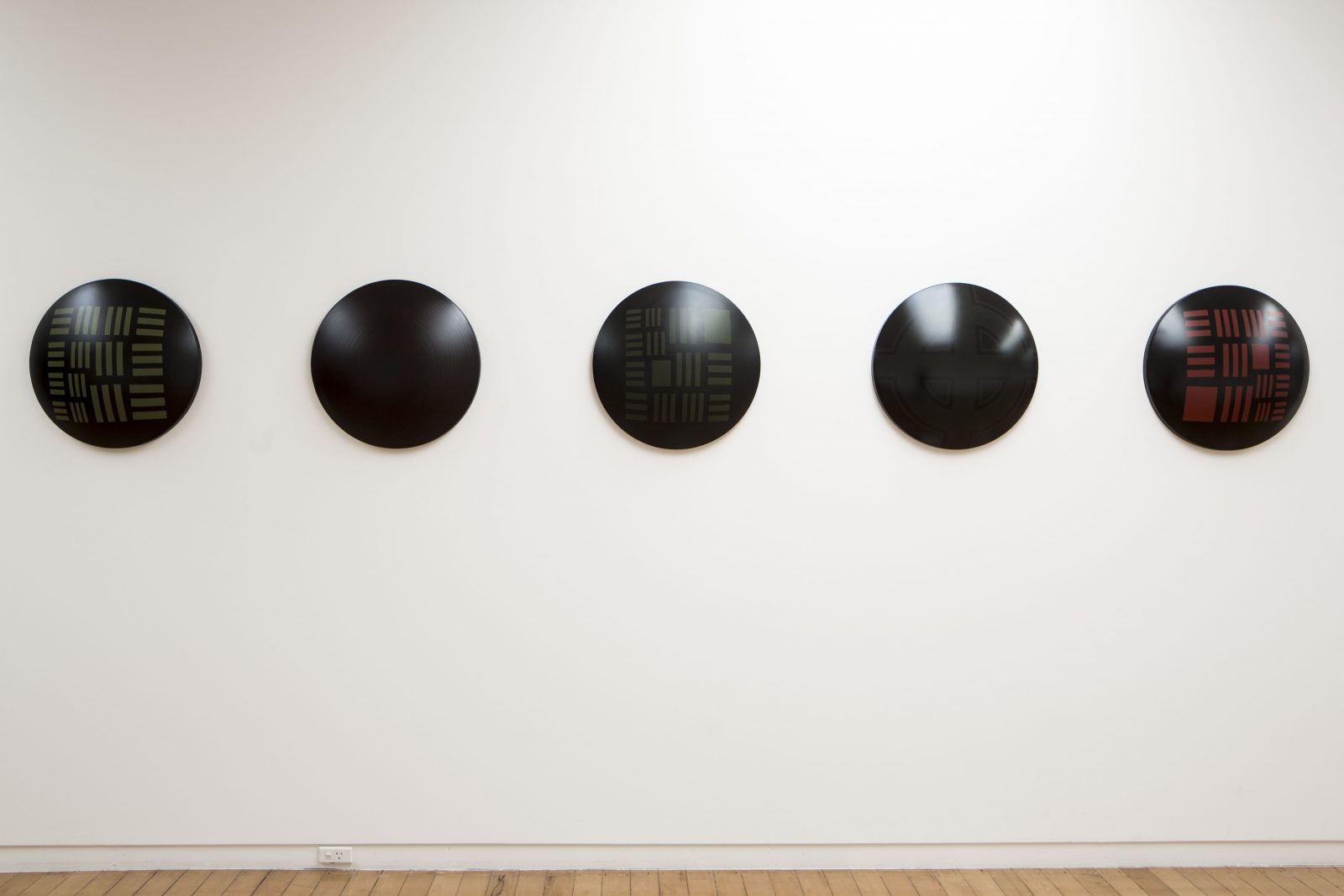
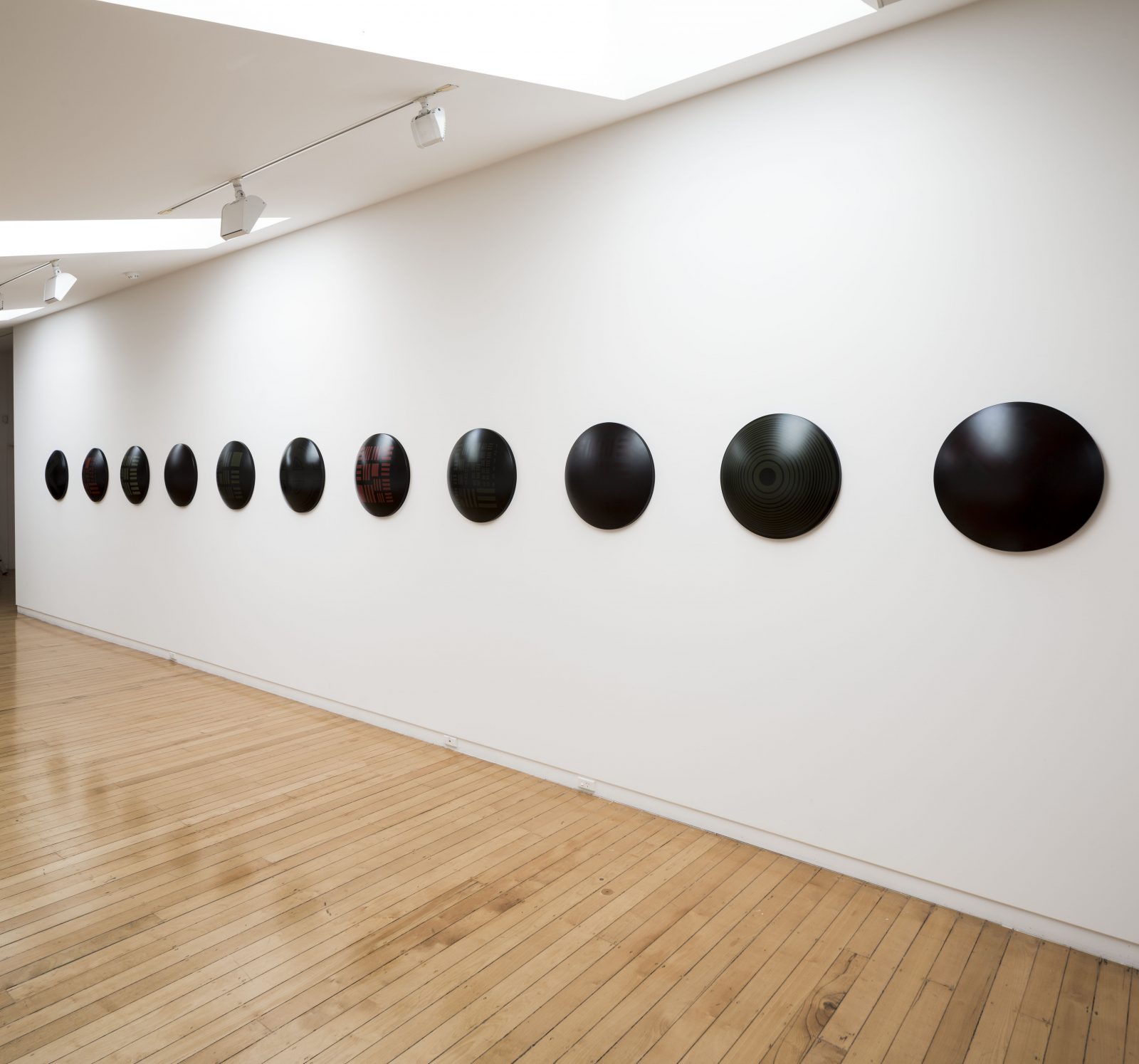
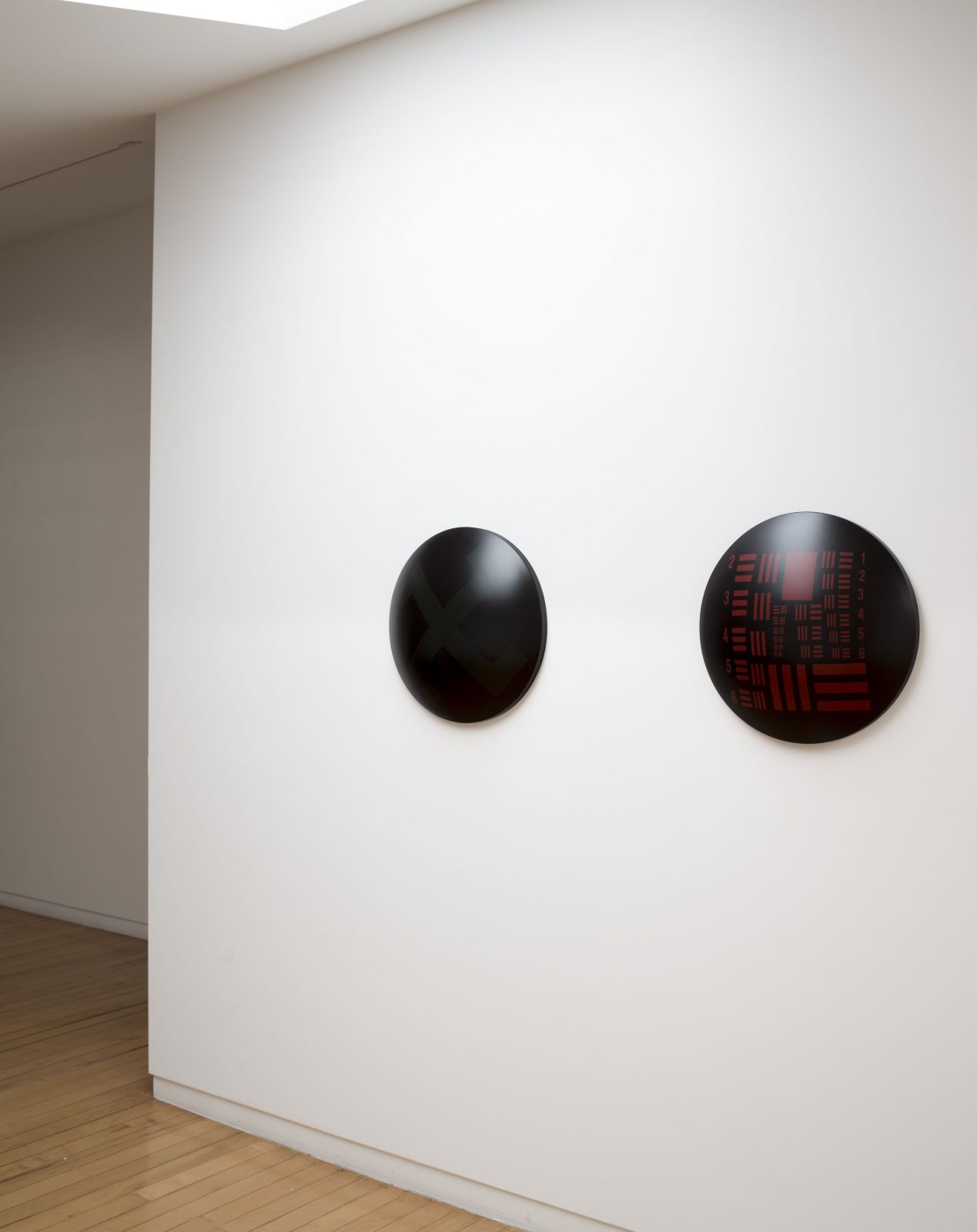
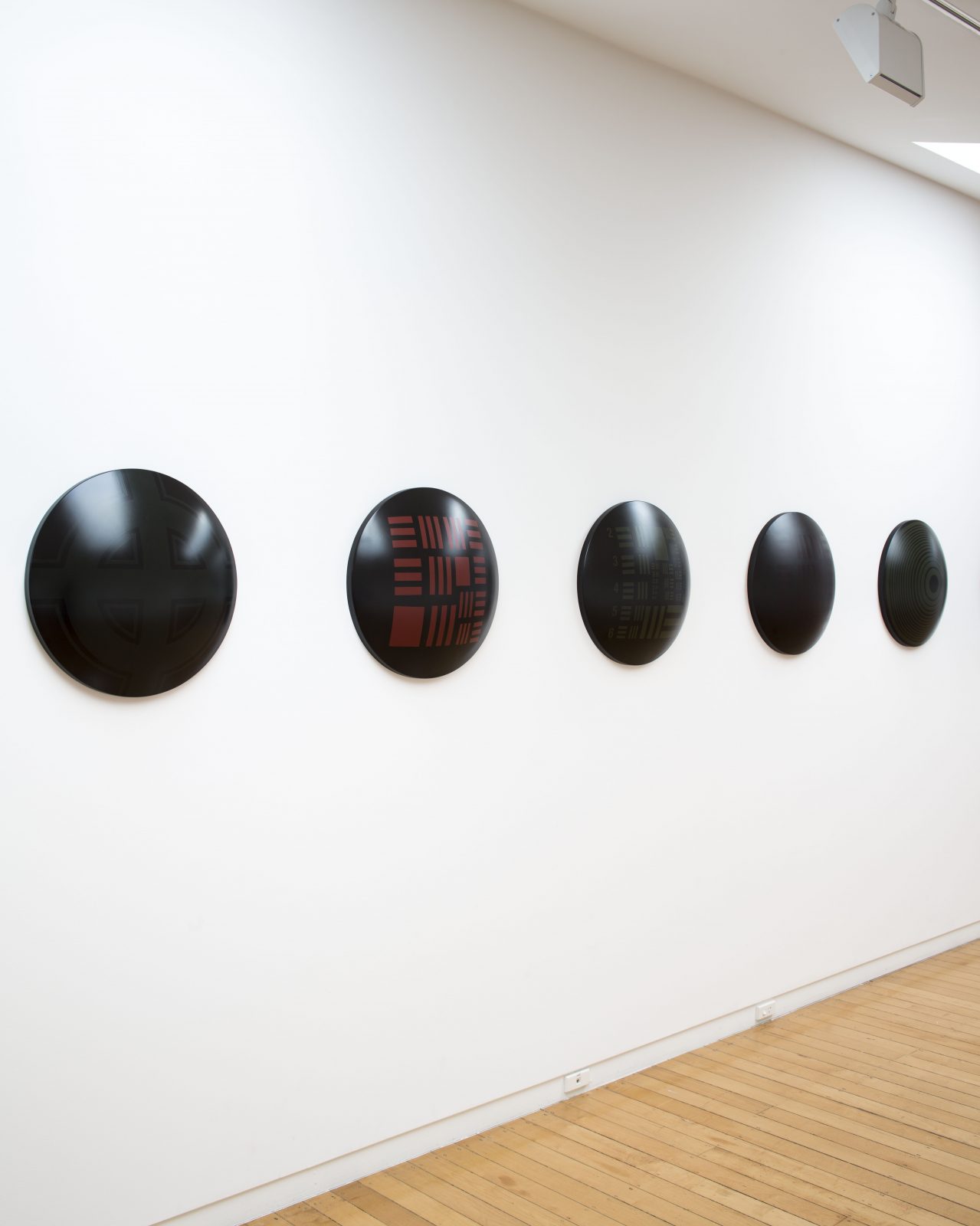
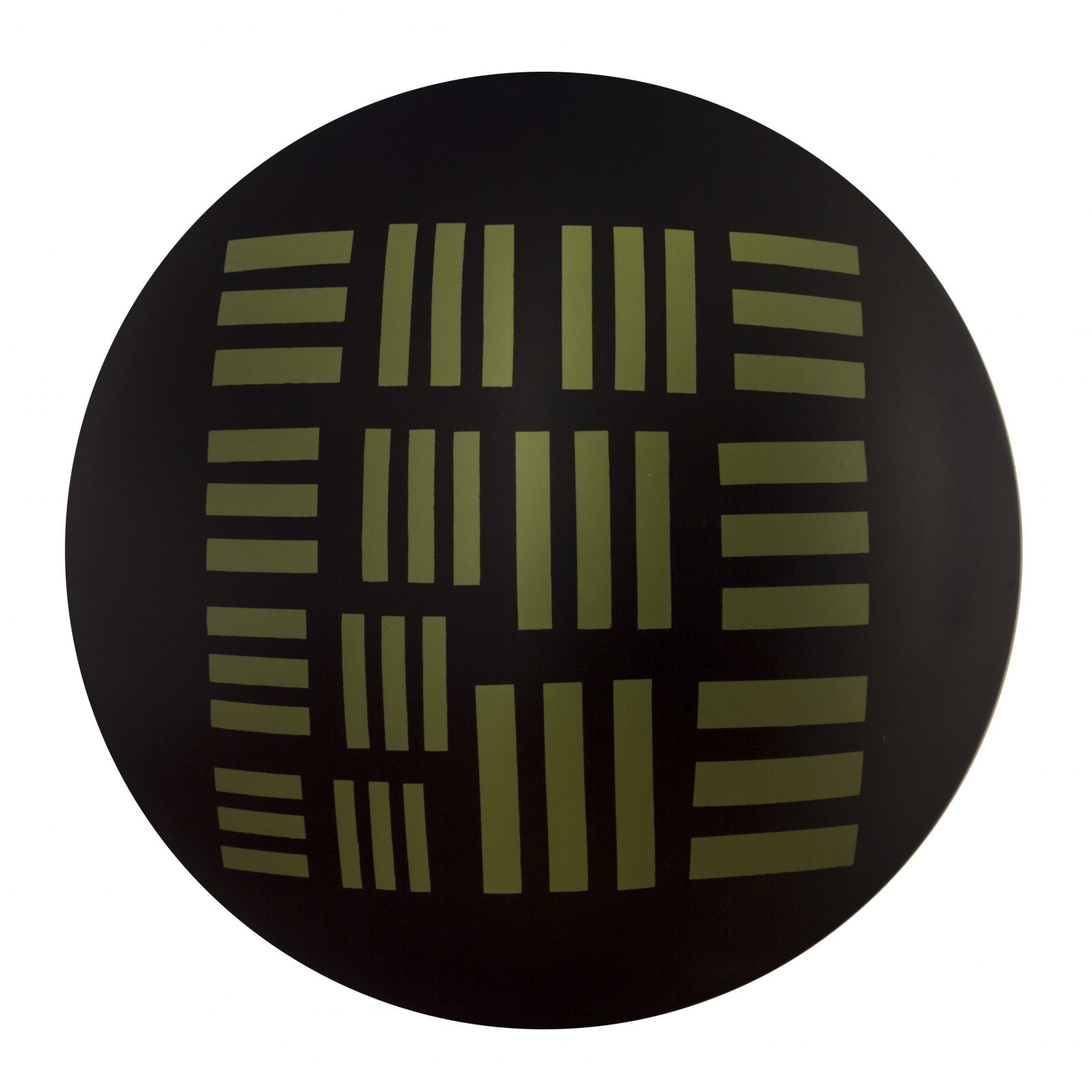
corian and lacquer
500 x 500mm
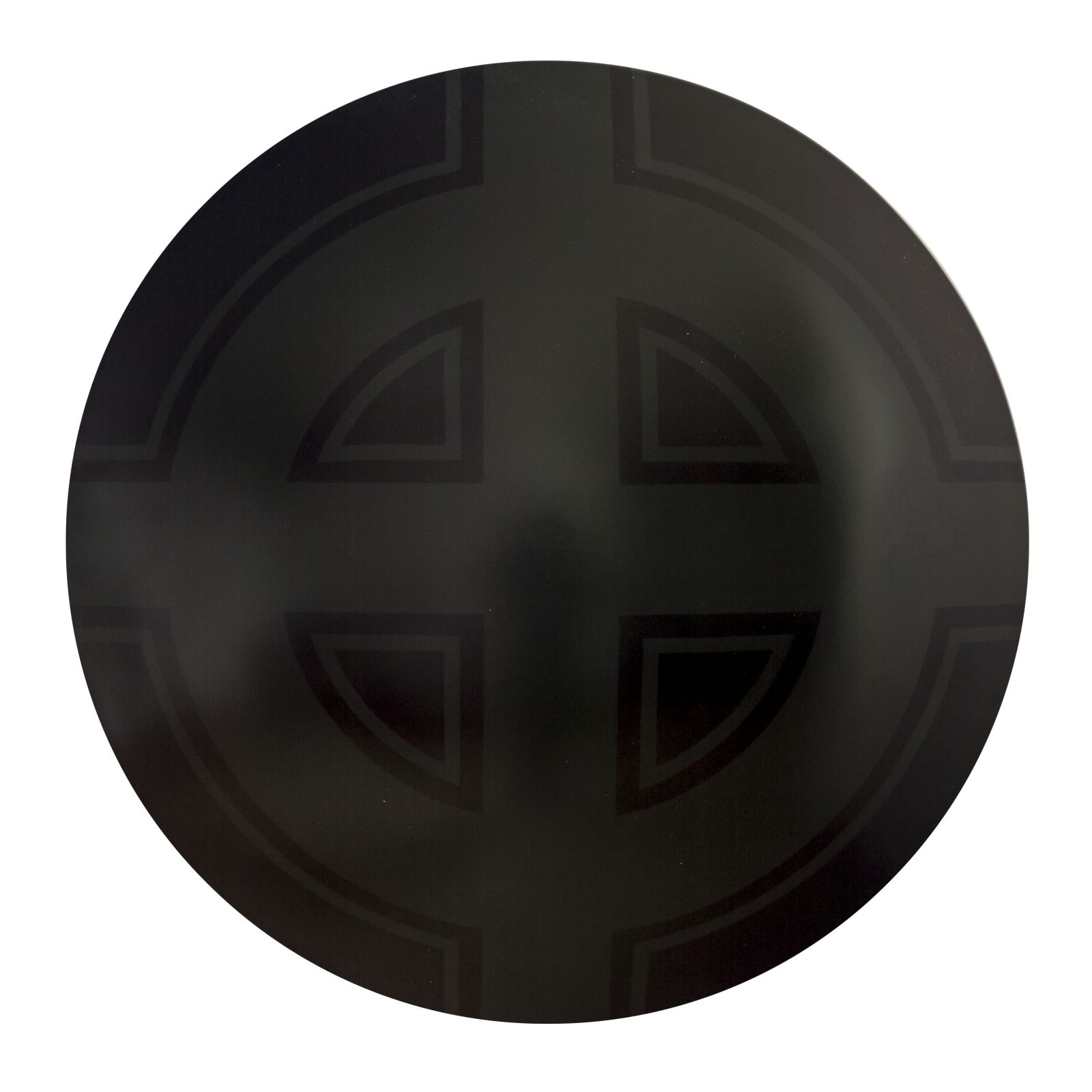
corian and lacquer
500 x 500mm
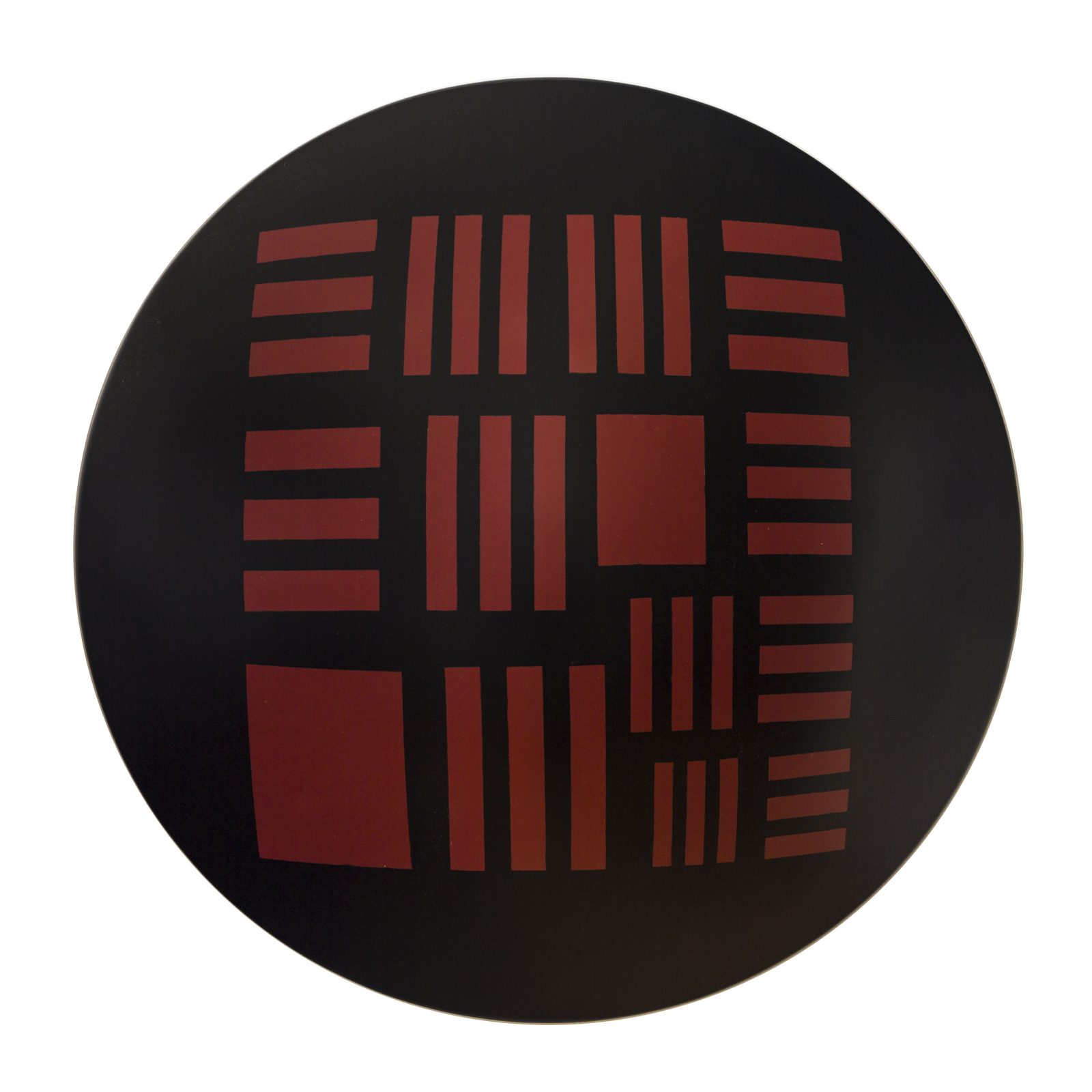
corian and lacquer
500 x 500mm
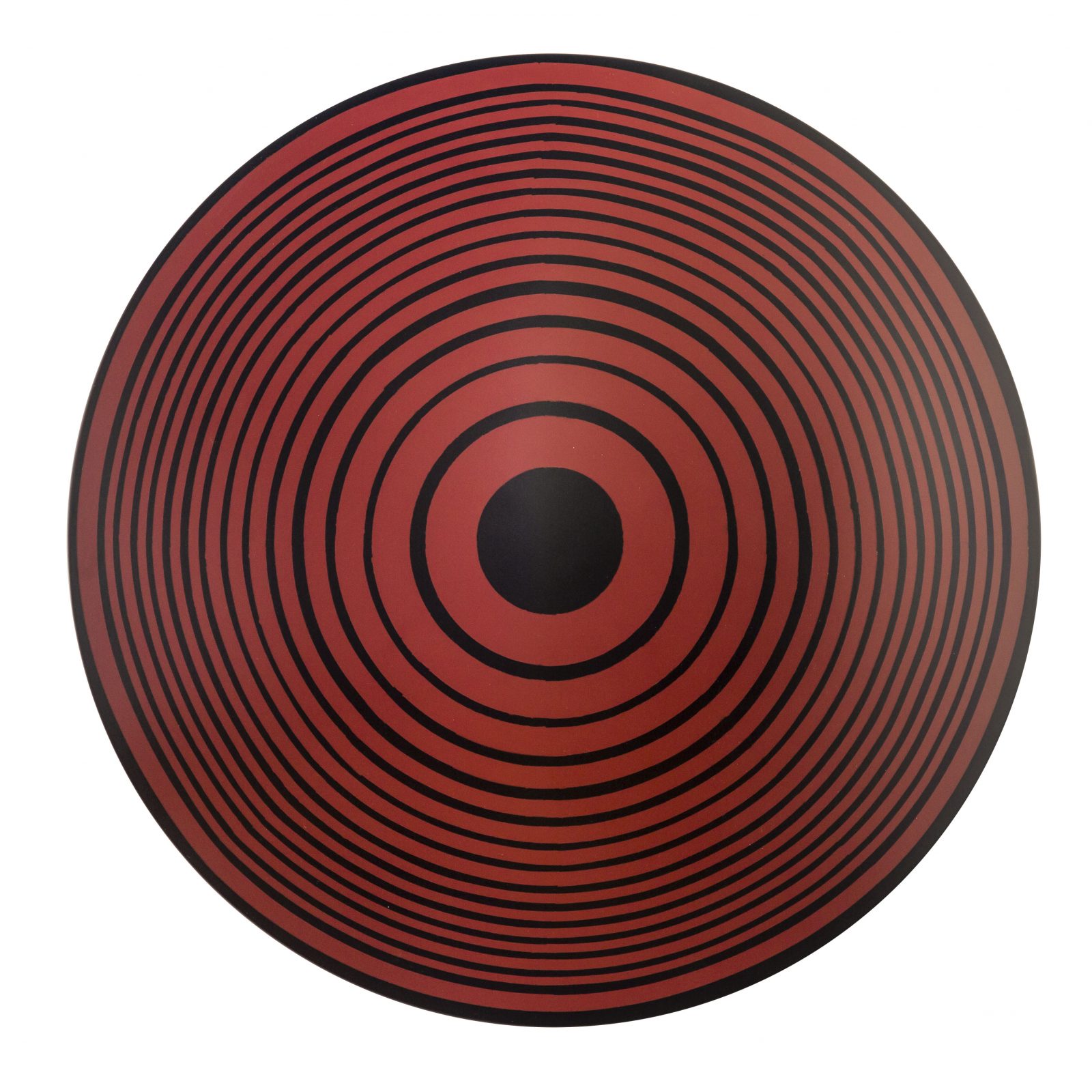
corian and lacquer
500 x 500mm
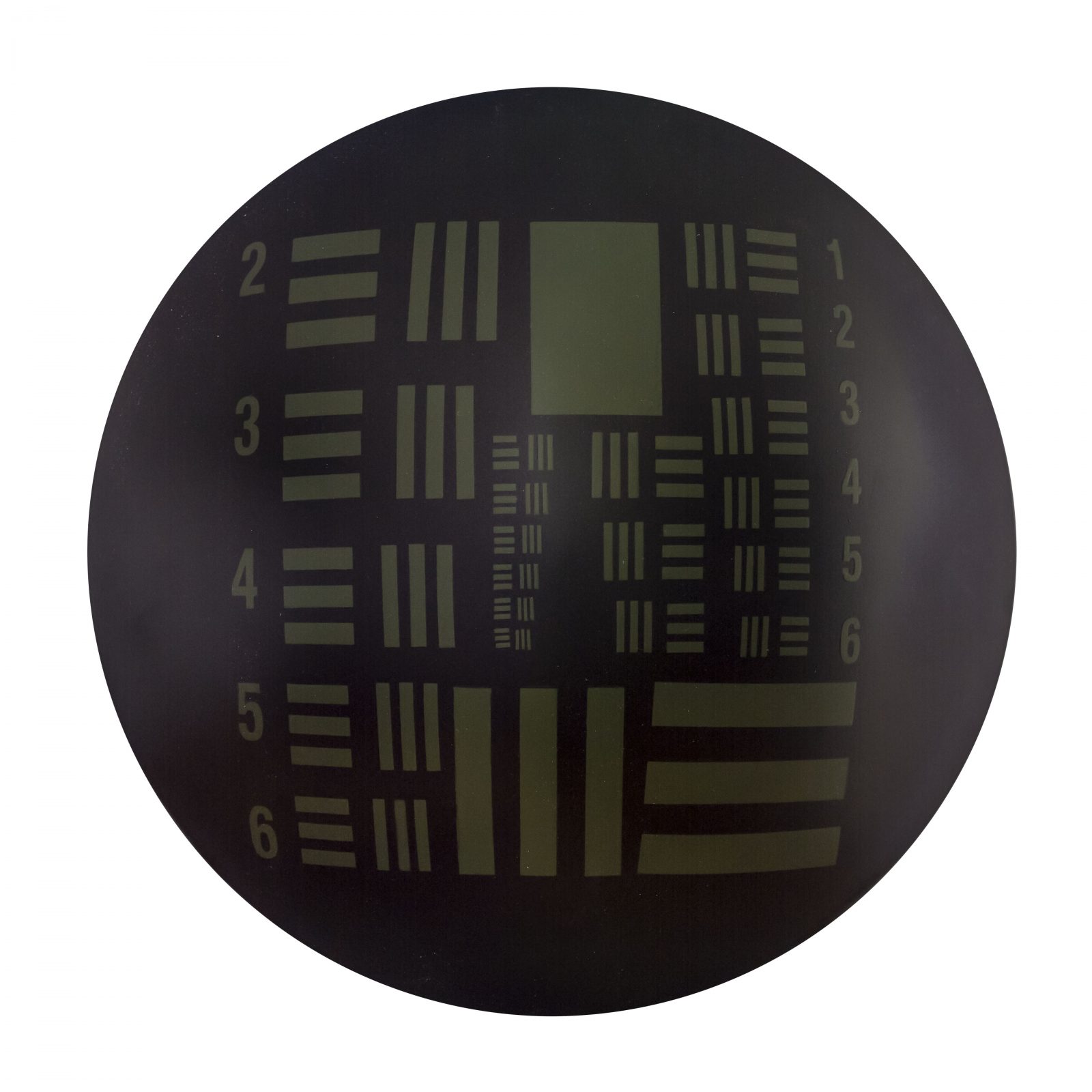
corian and lacquer
500 x 500mm
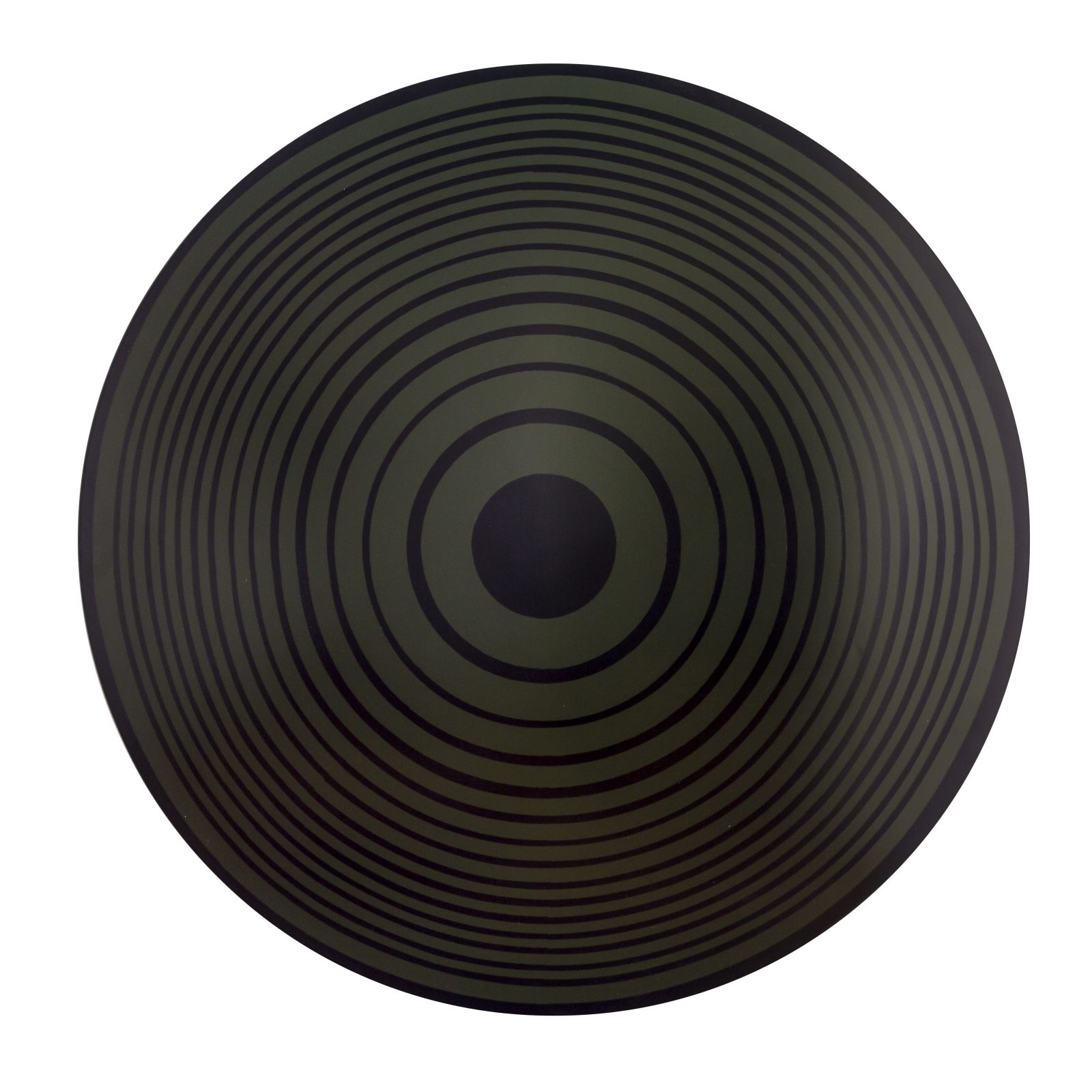
corian and lacquer
500 x 500mm
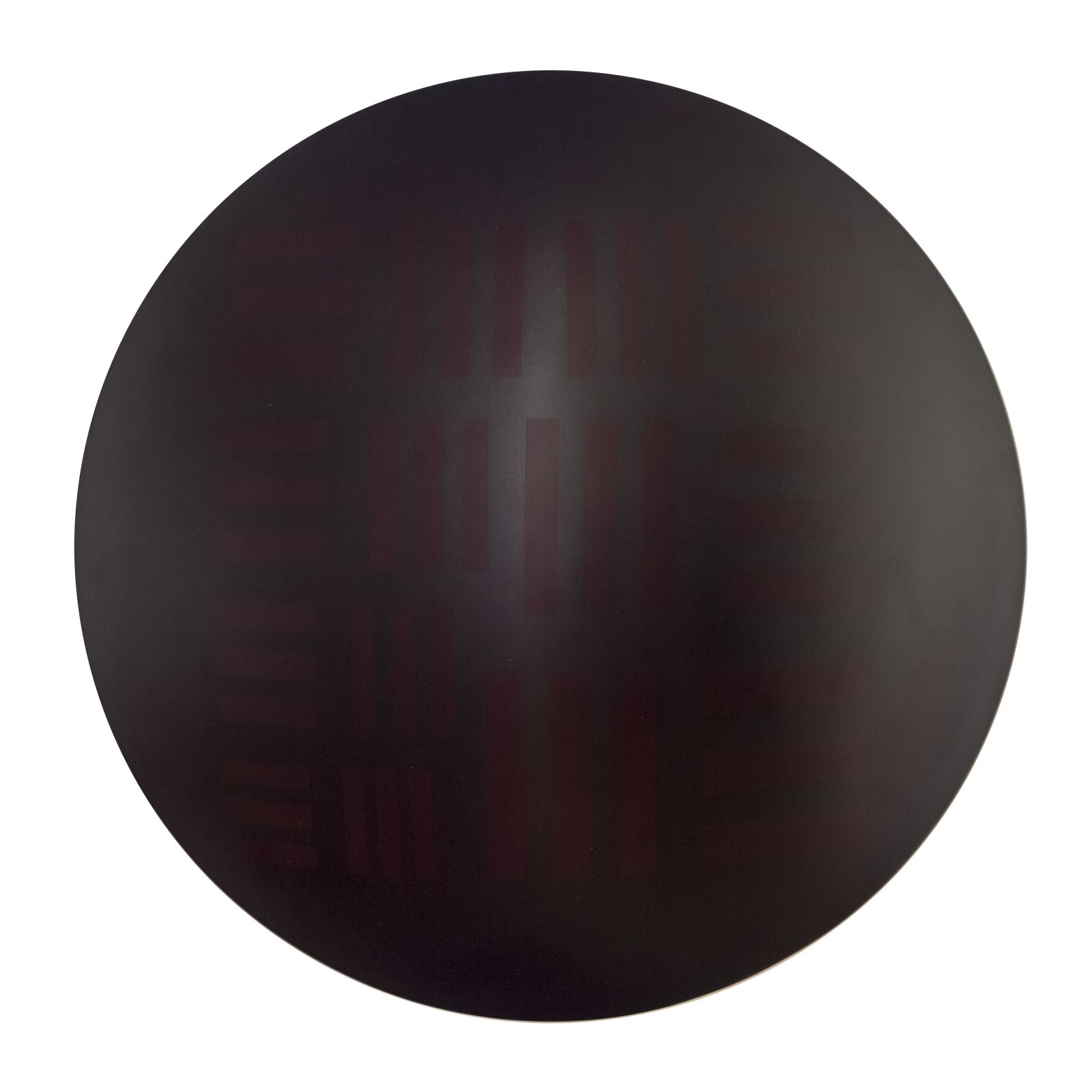
corian and lacquer
500 x 500mm
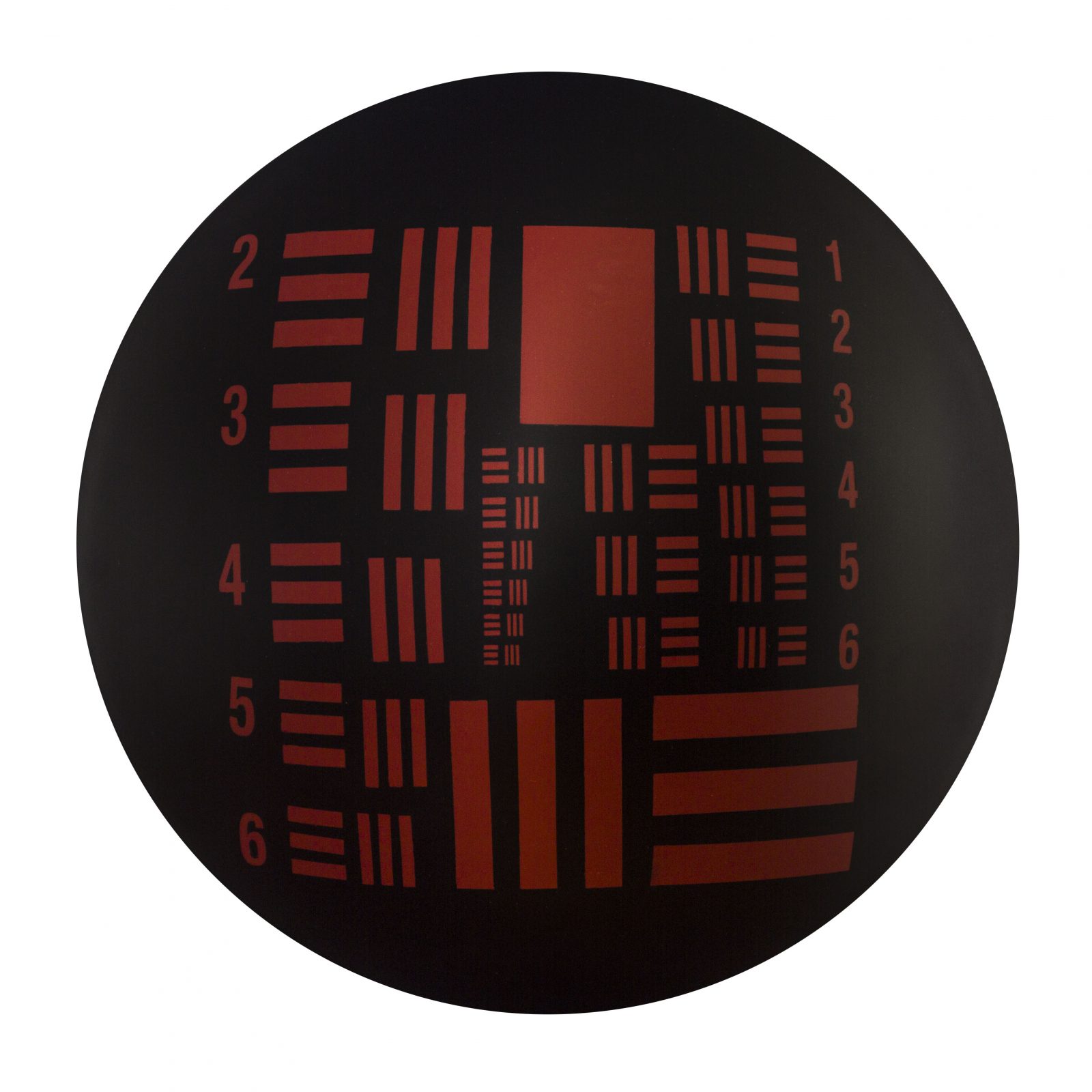
corian and lacquer
500 x 500mm